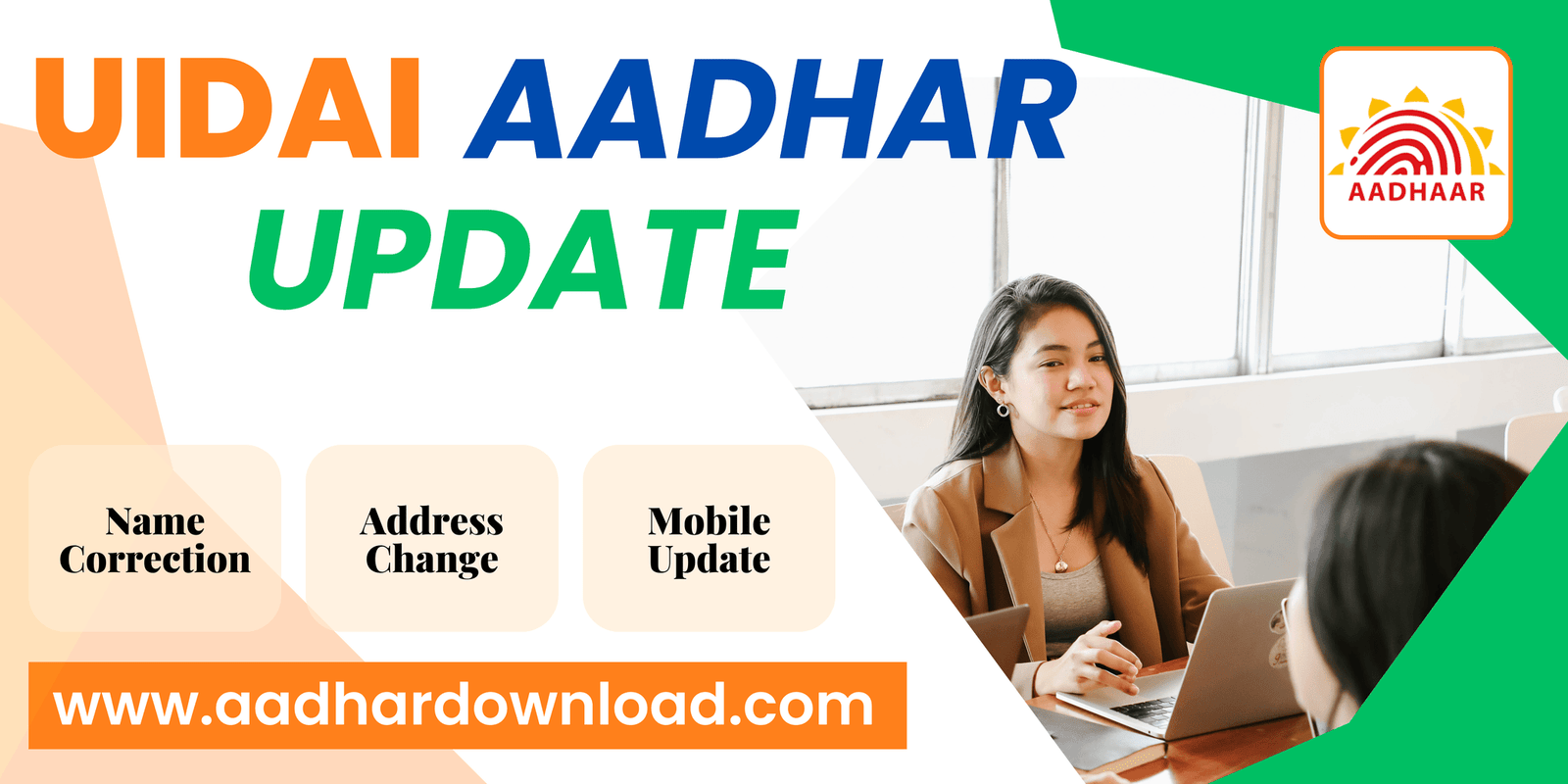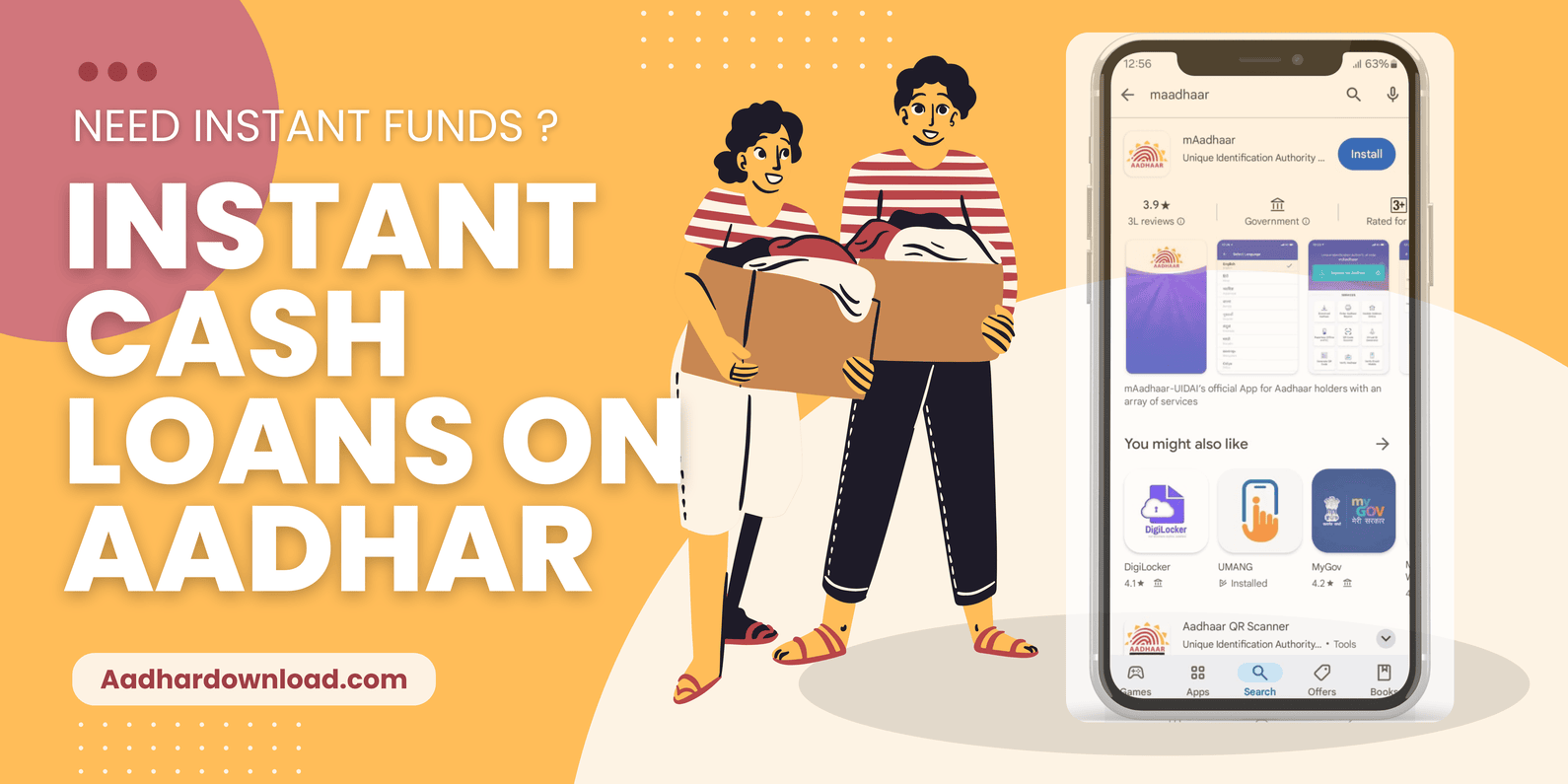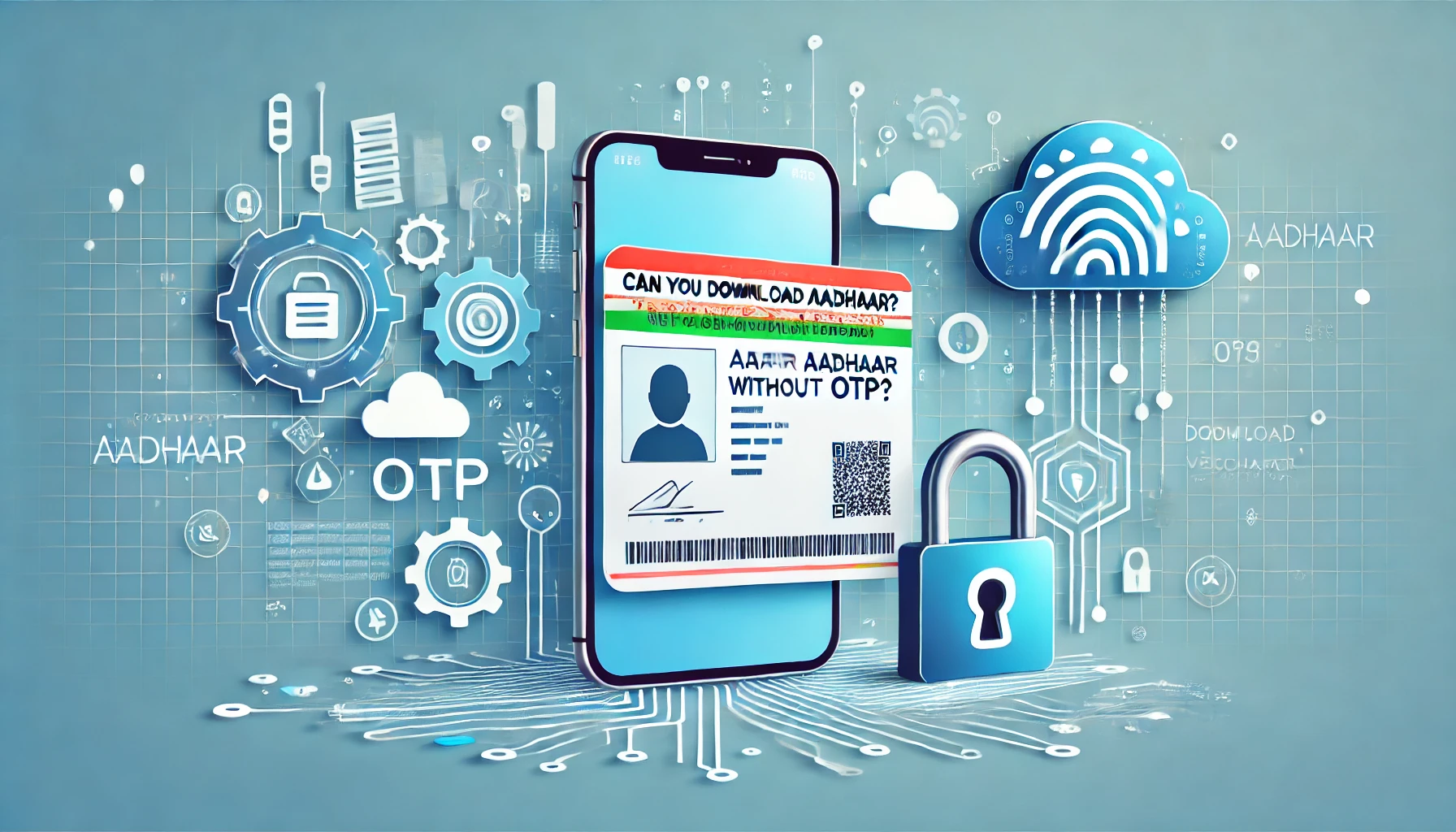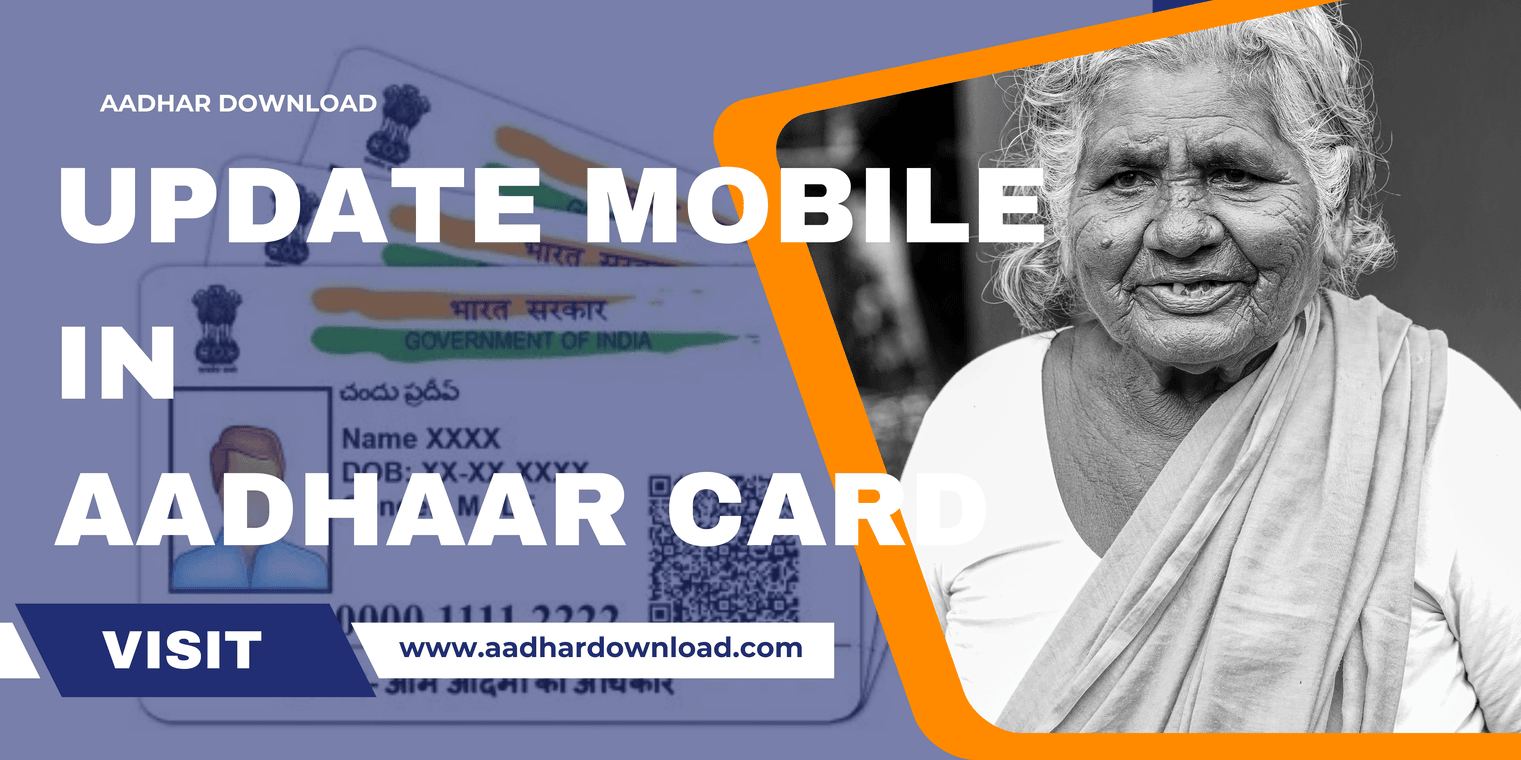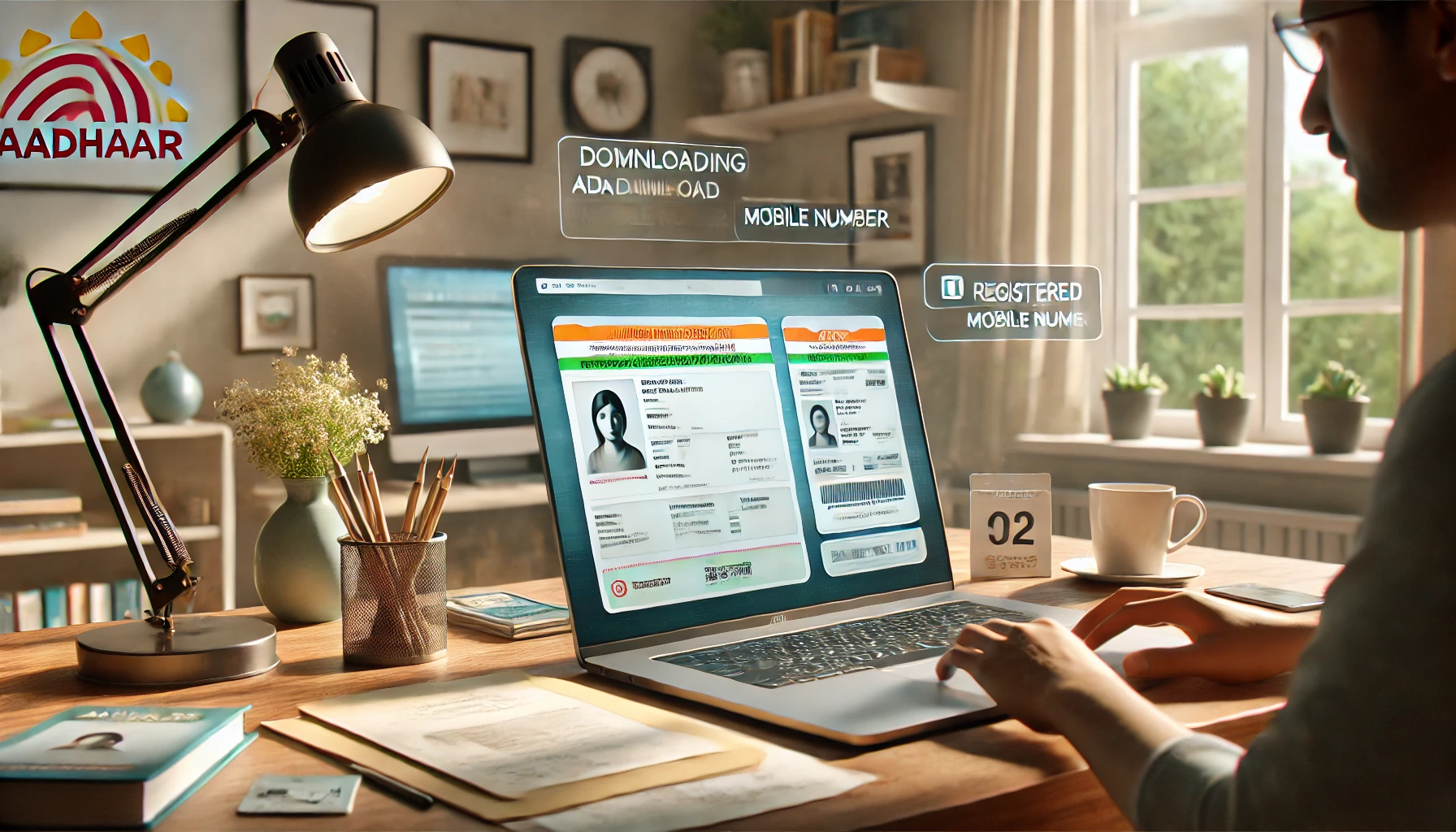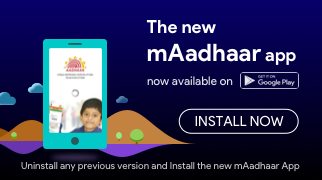Namaste!
Fetching...
Important Links
Trending Blogs
The Unique Identification Authority of India (UIDAI)
The Unique Identification Authority of India (UIDAI) is a statutory authority established by the Government of India under the jurisdiction of the Ministry of Electronics and Information Technology. UIDAI was created with the objective of issuing Unique Identification Numbers (UID), known as Aadhaar, to all residents of India. The Aadhaar number is a 12-digit unique identity number that serves as proof of identity and address, anywhere in India. This article delves into the various services offered by UIDAI, the benefits it provides to Indian users, and how it has transformed the landscape of identity verification in India.
UIDAI Direct links
What is UIDAI?
UIDAI, or the Unique Identification Authority of India, is the governing body responsible for the Aadhaar project. The Aadhaar project was initiated in 2009 with the aim of providing a unique identity to every Indian resident. The Aadhaar number is linked to the resident’s demographic and biometric information, making it a robust tool for identity verification.Functions of UIDAI
UIDAI plays a vital role in the implementation and management of Aadhaar-related services. Some of its key functions include:
Issuance of Aadhaar Numbers: UIDAI assigns a unique Aadhaar number to individuals after biometric and demographic verification.
Aadhaar Authentication Services: It provides online authentication services to verify an individual’s identity using fingerprint, iris scan, or OTP.
Data Security and Privacy: UIDAI ensures the confidentiality and security of Aadhaar data by following strict encryption and security protocols.
Aadhaar Enrollment and Updates: It manages the infrastructure for Aadhaar enrollment and allows users to update details like name, address, and mobile number.
Aadhaar Linking Services: Facilitates linking Aadhaar with bank accounts, PAN cards, mobile numbers, and other essential services.
Grievance Redressal: UIDAI offers support and resolution for Aadhaar-related grievances through toll-free numbers, email, and online services.
Services Offered by UIDAI
UIDAI offers a wide range of services to Indian residents, government agencies, and private entities. These services are designed to facilitate the issuance and management of Aadhaar numbers, as well as to provide tools for identity verification.
1. Aadhaar Enrollment
The first step in obtaining an Aadhaar number is enrollment. UIDAI has set up Aadhaar Enrollment Centers across the country where residents can go to register for an Aadhaar number. The enrollment process involves the collection of demographic information (name, date of birth, gender, address) and biometric information (fingerprints, iris scan, photograph).
Steps for Aadhaar Enrollment:
Visit an Enrollment Center: Locate the nearest Aadhaar Enrollment Center.
Fill the Enrollment Form: Provide the required demographic information.
Biometric Data Collection: Submit your fingerprints, iris scan, and photograph.
Acknowledgement Slip: Receive an acknowledgement slip with the Enrollment ID.
2. Aadhaar Update
Residents can update their Aadhaar details, such as name, address, date of birth, and mobile number, either online or by visiting an Aadhaar Enrollment Center. Biometric updates (fingerprints, iris scan) can only be done at an Enrollment Center.How to Update Aadhaar Details:
Online Update: Visit the UIDAI website and log in to the Aadhaar Self Service Update Portal (SSUP).
Offline Update: Visit an Aadhaar Enrollment Center with the necessary documents.
3. Aadhaar Authentication
Aadhaar authentication is the process by which the Aadhaar number, along with demographic and/or biometric information, is submitted to UIDAI’s Central Identities Data Repository (CIDR) for verification. This service is widely used by government agencies, banks, and private entities for identity verification.Types of Aadhaar Authentication:
Demographic Authentication: Verification using demographic information (name, address, etc.).
Biometric Authentication: Verification using fingerprints or iris scan.
OTP Authentication: Verification using a One-Time Password sent to the registered mobile number.
4. Aadhaar e-KYC (Know Your Customer)
Aadhaar e-KYC is a paperless and instant method of identity verification. It allows residents to share their demographic and biometric information with service providers, such as banks and telecom companies, without the need for physical documents.Benefits of Aadhaar e-KYC:
Instant Verification: Reduces the time required for identity verification.
Paperless Process: Eliminates the need for physical documents.
Secure: Ensures the security and confidentiality of residents’ data.
Related Articles
5. Aadhaar Linking
Aadhaar linking involves associating the Aadhaar number with various services and documents, such as bank accounts, PAN cards, mobile numbers, and government welfare schemes. This helps in streamlining the delivery of services and reducing fraud.How to Link Aadhaar with Various Services:
Bank Account: Visit your bank branch or use the bank’s online portal.
PAN Card: Use the Income Tax e-Filing portal.
Mobile Number: Visit your telecom service provider’s store or use their online portal.
6. mAadhaar App
The mAadhaar app is a mobile application developed by UIDAI that allows residents to carry their Aadhaar information on their smartphones. The app provides features such as Aadhaar profile viewing, biometric locking/unlocking, and sharing of e-KYC data.Features of mAadhaar App:
Aadhaar Profile: View and download your Aadhaar profile.
Biometric Locking/Unlocking: Secure your biometric data by locking it.
QR Code: Share your Aadhaar details using a QR code.
7. Aadhaar PVC Card
UIDAI offers the option to order a PVC-based Aadhaar card, which is more durable and convenient to carry. The PVC card contains the same information as the paper-based Aadhaar card but is more resistant to wear and tear.How to Order Aadhaar PVC Card:
Visit the UIDAI Website: Go to the official UIDAI website.
Enter Aadhaar Number: Provide your Aadhaar number and security code.
Make Payment: Pay the nominal fee for the PVC card.
Receive Card: The PVC card will be delivered to your registered address.
8. Aadhaar Services for NRIs and OCIs
UIDAI also provides Aadhaar services for Non-Resident Indians (NRIs) and Overseas Citizens of India (OCIs). NRIs and OCIs can enroll for Aadhaar if they have spent at least 182 days in India in the last 12 months.Steps for NRIs and OCIs to Enroll for Aadhaar:
Visit an Enrollment Center: Locate the nearest Aadhaar Enrollment Center.
Provide Proof of Identity and Address: Submit valid documents such as a passport.
Biometric Data Collection: Submit your fingerprints, iris scan, and photograph.
Benefits of UIDAI to Indian Users
UIDAI has brought about a paradigm shift in the way identity verification is conducted in India. The Aadhaar project has numerous benefits for Indian residents, government agencies, and private entities.
1. Universal Identity
Aadhaar provides a universal identity that is recognized across India. This is particularly beneficial for marginalized and underserved populations who may not have access to other forms of identity verification.
2. Financial Inclusion
Aadhaar has played a crucial role in promoting financial inclusion in India. By linking Aadhaar with bank accounts, residents can easily access financial services, such as loans, insurance, and government subsidies.
3. Streamlined Service Delivery
Aadhaar has streamlined the delivery of government services, such as subsidies, pensions, and scholarships. By linking Aadhaar with these services, the government can ensure that benefits reach the intended recipients, reducing leakage and fraud.
4. Reduced Fraud
Aadhaar’s biometric authentication has significantly reduced fraud in various sectors, including banking, telecom, and government welfare schemes. By verifying the identity of individuals, Aadhaar ensures that only legitimate beneficiaries receive services.
5. Convenience
Aadhaar provides a convenient and paperless method of identity verification. Residents can use their Aadhaar number for various purposes, such as opening a bank account, applying for a mobile connection, or filing income tax returns.
6. Security
UIDAI has implemented robust security measures to protect the confidentiality and integrity of residents’ data. Aadhaar data is stored in a secure environment, and residents have the option to lock their biometric data to prevent unauthorized access.
7. Empowerment
Aadhaar has empowered residents by giving them control over their identity information. Residents can choose to share their Aadhaar details with service providers, ensuring that their data is used only for the intended purpose.
Frequently Asked Questions ?
UIDAI Aadhaar FAQs: Everything You Need to Know
What is UIDAI? ▼
UIDAI (Unique Identification Authority of India) is a government agency responsible for issuing Aadhaar, a 12-digit unique identity number.
How can I check my Aadhaar status online? ▼
You can check your Aadhaar status by visiting the UIDAI website and entering your enrollment ID.
How do I update my Aadhaar details? ▼
You can update Aadhaar details online via the UIDAI portal or by visiting the nearest Aadhaar Enrollment Center.
Is my Aadhaar card valid everywhere in India? ▼
Yes, Aadhaar is a valid identity proof across India for various services, including banking, mobile SIMs, and government schemes.
How can I download my Aadhaar card? ▼
You can download Aadhaar from the UIDAI website using your Aadhaar number, enrollment ID, or virtual ID, along with OTP verification.
What is an Aadhaar Virtual ID (VID)? ▼
Aadhaar Virtual ID (VID) is a temporary, revocable 16-digit number that can be used in place of Aadhaar for authentication.
Can I link my Aadhaar to my bank account online? ▼
Yes, you can link Aadhaar to your bank account through net banking, mobile banking, or by visiting your bank branch.
What should I do if my Aadhaar is not linking with my mobile number? ▼
If your Aadhaar is not linking, visit the nearest Aadhaar Enrollment Center to update your mobile number and complete the verification process.
Is it safe to share my Aadhaar number? ▼
Yes, it is safe to share your Aadhaar number with trusted institutions. However, avoid sharing it publicly or with unknown sources.
How do I contact UIDAI for Aadhaar-related queries? ▼
You can contact UIDAI via the toll-free number 1947 or email at help@uidai.gov.in for any Aadhaar-related issues.



